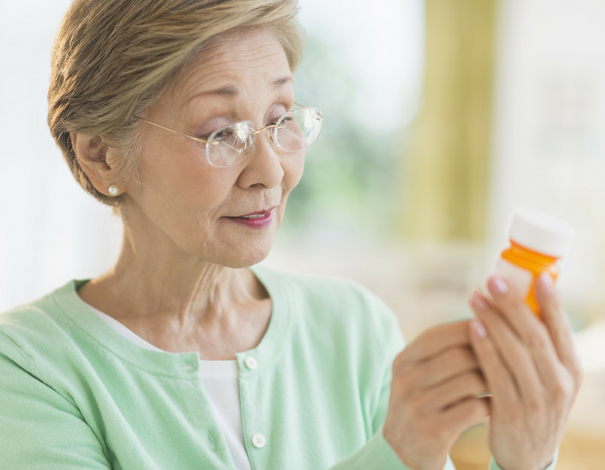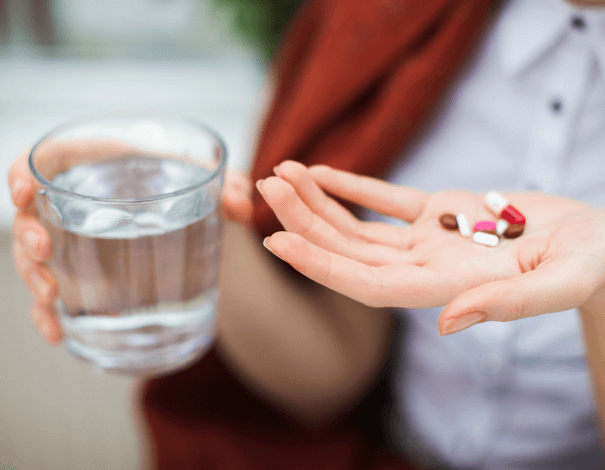The Progression of Hand, Foot, and Mouth Disease
Who can contract hand, foot, and mouth disease?
This infection commonly affects children under the age of 10, mainly those between the ages of 6 months and 5 years. However, older children and adults can also contract the disease.
What causes hand, foot, and mouth disease?
Hand, foot, and mouth disease is a contagious illness caused by the enterovirus group of viruses. Once you have contracted one of the viruses responsible for this disease, you are immunized against that particular virus. However, since there are several enteroviruses that can cause the disease, it is possible to contract it more than once.
How is hand, foot, and mouth disease transmitted?
The virus is transmitted through contact—be it direct (for example, kissing) or indirect (for example, toys)—with saliva, nasal secretions, stools, or fluid from sores on the skin of a sick person (child or adult).
In some cases, adults may show very little or no symptoms of hand, foot, and mouth disease when they contract it, which means they can pass it on without realizing it.
While the disease is more common in summer and early fall, it can occur at any time of the year.
How does hand, foot, and mouth disease progress?
The first symptoms appear 3 to 6 days after the child (or adult) has been in contact with the virus. This is known as the incubation period. After that, the disease can progress differently from one person to the next. Some will experience all of the following symptoms, and others only a few or none at all.
- The first symptom of the disease is often a fever, which can last from 1 to 3 days.
- During the fever, or after it breaks, the child may develop small blisters in their mouth or a rash on the palms of their hands, the soles of their feet, or elsewhere on the body, often on the buttocks and legs. The blisters and rash may appear simultaneously or a few days apart.
- Blisters in the mouth can appear on the tongue, the inside of the cheeks, and the gums. They are often painful, and can make it difficult for the child to eat. Your child may also complain of a sore throat.
- Sores on the body can vary in number, and range in size anywhere from 1 to 10 mm. They are usually not painful or itchy. Some can form blisters. Since the fluid contained in the blisters is contagious, you should avoid touching them.
- Other symptoms the child may experience include a cough, runny nose, headache, diarrhea, and vomiting.
The symptoms of hand, foot, and mouth disease, including sores in the mouth and on the body, gradually subside, without treatment, within 7 to 10 days. The child will regain their appetite and energy as their symptoms improve.
A child with hand, foot, and mouth disease does not need to be isolated, and can continue to attend daycare or school, provided they feel well enough and are able to eat normally.
When should I be worried?
Hand, foot, and mouth disease is generally not serious, and goes away on its own without any treatment. The most common complication is dehydration, which can occur when a child fails to take in enough fluids and food because they have a sore mouth or throat.
If any of the following symptoms are present, the child should be seen by a health professional:
- Refusal to eat
- Signs of significant dehydration, for example, more than 6 to 8 hours without urinating (under the age of 2) or 8 to 10 hours for children over the age of 2; sunken eyes or dark circles beneath the eyes; unusual disorientation or doziness; weakness
- Repeated and frequent vomiting
- Rapid breathing
- Severe headache with neck stiffness
- Convulsions
If you’re not sure how serious your child’s symptoms are, don’t hesitate to call your provincial health hotline (811) or talk to your pharmacist.
How can I relieve the symptoms of hand, foot, and mouth disease?
While there is no drug to treat this viral infection or vaccine to prevent it, it is possible to relieve the symptoms and prevent dehydration if your child is having trouble eating and drinking.
- Acetaminophen or ibuprofen can ease pain and fever. Be sure to use a product that is appropriate for your child’s age (syrup or tablet form), and calculate the dose according to their weight. Feel free to ask your pharmacist for help as needed.
- If your child is able to rinse out their mouth, encourage them to do so several times a day with a homemade saltwater solution (1/2 tsp. salt in 1 cup of lukewarm water), to reduce pain in the mouth.
- To reduce pain when eating, various topical products can be applied to mouth sores. Ask your pharmacist to recommend an appropriate product for your child.
- Feed your child soft or liquid foods that are easy to swallow, e.g., milk, yogurt, fruit juice or fruit sauce, ice cream. However, avoid foods that are acidic, such as orange juice, as the acidity can cause pain to flare up.
- If your child needs to take a rehydration solution because they are experiencing diarrhea or vomiting, for example, you can give them a product sold at your pharmacy. If he or she has mouth sores, it is best to avoid homemade solutions, as they contain orange juice.
How do you prevent hand, foot, and mouth disease?
Just like with other viral and bacterial infections common in children, excellent hygiene is key to prevention: Wash hands frequently and thoroughly clean potentially contaminated surfaces.
- Regularly wash babies and toddlers’ hands with soap and water, and teach older children when and how to wash their hands, i.e., after using the toilet; before eating; and after blowing their nose, sneezing, or coughing.
- Adults caring for a sick child should wash their hands after changing the child’s diaper or helping them go to the toilet, and each time they come in contact with the child’s saliva or nasal discharge. Avoid touching the sores on the child’s body, especially if blisters have formed on them. In the event of contact with blister fluid, wash hands thoroughly.
- Toys and other objects that are handled by a sick child, as well as any surfaces that may have been contaminated, must be washed at least once a day after an incident (vomiting or diarrhea). Use a store-bought disinfectant or a bleach solution (1 teaspoon of bleach in 2 cups of water).
It is important to understand that the virus can continue to be present in the child’s stools for 8 to 12 weeks after all their symptoms have disappeared. Good hygiene practices should therefore always be employed, even after the child has recovered.
Your pharmacists are there for you!
If you have questions about hand, foot, and mouth disease or need help choosing the right product to relieve your child’s symptoms, be sure to seek out your pharmacist’s expert advice. They will be able to recommend the appropriate product for your child’s age and specific needs.The pharmacy services presented in this section are offered by pharmacist owners who are affiliated with Proxim. The pharmacists are solely responsible for the professional activities carried out during the practice of pharmacy.
The information contained herein is provided for informational purposes only and is not intended to provide complete information on the subject matter or to replace the advice of a health professional. This information does not constitute medical consultation, diagnosis or opinion and should not be interpreted as such. Please consult your health care provider if you have any questions about your health, medications or treatment.




